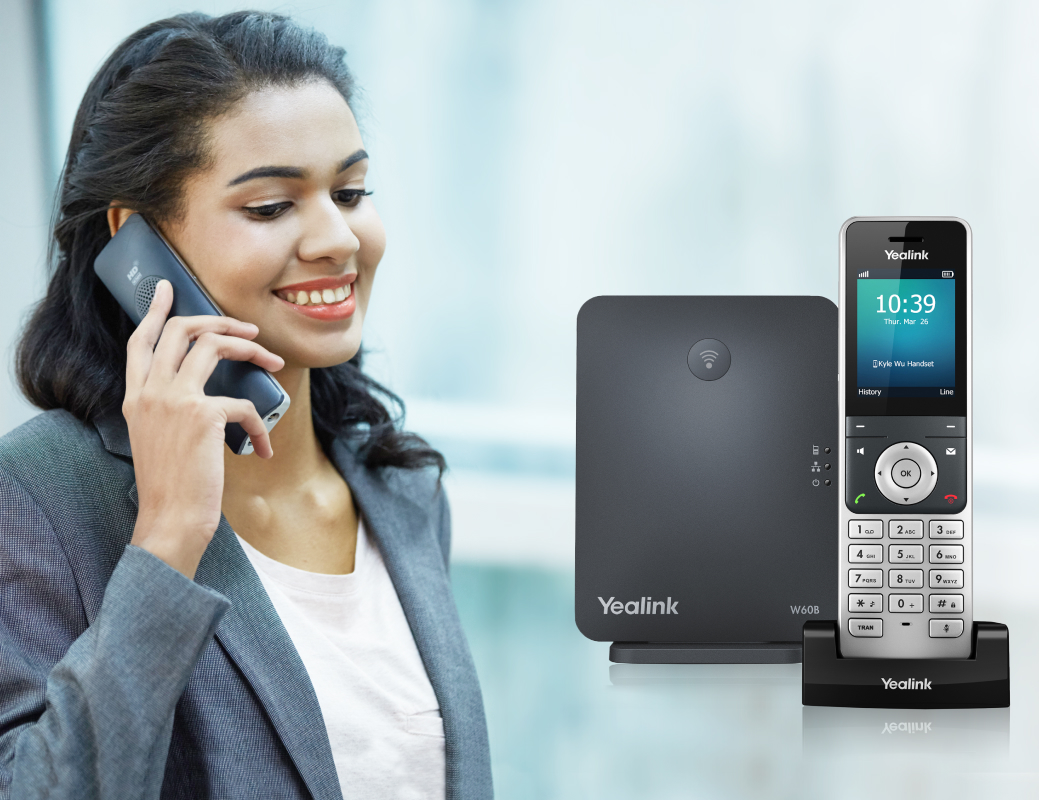Introduction: The Future of Work is Remote
In a world where remote work has become the new norm, businesses are adapting to harness its benefits. The ability to work from Best VoIP Phones in Durham SoundCurve - Business Phone Systems anywhere not only increases productivity but also enhances employee satisfaction. However, setting up efficient remote workstations can feel overwhelming, especially when integrating VoIP phones into your system. In this article, we’ll explore How to Set Up Remote Workstations with VoIP Phones in Your Chico Office, diving deep into the steps you need to take for a seamless transition.
Understanding the Basics of Remote Work
What is Remote Work?
Remote work refers to a flexible working arrangement where employees can carry out their job responsibilities from outside the traditional office environment. This could be at home, in co-working spaces, or even while traveling. The flexibility allows individuals to create their own productive environments.
The Rise of Remote Workstations
Given recent global events, remote workstations have skyrocketed in popularity. Companies are investing in technology to ensure that their teams can collaborate effectively regardless of location. But what exactly does it take to set up these stations?
Key Components of a Remote Workstation
To establish an effective remote workstation, consider the following components:
- Reliable Internet Connection: A stable internet connection is non-negotiable. Desktop or Laptop: Depending on the nature of work, choose between desktops or laptops. VoIP Phones: Essential for communication and collaboration. Ergonomic Furniture: Invest in comfortable chairs and desks. Software Tools: Utilize project management and communication tools for enhanced productivity.
Why Choose VoIP Phones?
What is VoIP Technology?
Voice over Internet Protocol (VoIP) allows you to make phone calls using the internet instead of traditional phone lines. This technology converts your voice into data packets and sends them over the internet.

Benefits of Using VoIP Phones
Cost-Effective: VoIP calls are generally cheaper than traditional phone systems. Flexibility: Employees can make and receive calls from anywhere with an internet connection. Features Galore: VoIP offers features like voicemail-to-email, call forwarding, and video conferencing.How to Set Up Remote Workstations with VoIP Phones in Your Chico Office
Setting up remote workstations equipped with VoIP phones involves several steps that require careful planning and execution. Here’s a breakdown:
Step 1: Assess Your Needs
Start by evaluating what you need for your remote workforce:
- How many employees will be working remotely? What kind of tasks will they perform? What communication tools do they require?
Step 2: Choose Your VoIP Provider
Selecting a reliable VoIP service provider is crucial for ensuring smooth communication. Some popular options include:
| Provider | Key Features | Pricing Structure | |---------------|--------------------------------------|----------------------------| | RingCentral | Video conferencing, team messaging | Monthly subscription | | Nextiva | Call analytics, CRM integration | Tiered pricing | | Grasshopper | Virtual receptionist | Pay-as-you-go |

Pro Tip: Look for providers that offer free trials so you can test their services before committing.
Step 3: Get the Right Equipment
Equip your team with quality hardware:
High-speed internet routers Headsets (for better audio quality) Compatible VoIP phones (e.g., desk phones or softphones)Did You Know? Softphones allow users to make calls via computer or mobile apps!
Setting Up Your Workspace
Creating an Ergonomic Environment
An ergonomic workspace boosts productivity and reduces health risks:
- Ensure proper desk height Use an adjustable chair Position monitors at eye level
Installing Software Tools for Collaboration
Integrate essential software tools like Zoom for meetings, Slack for messaging, and project management platforms like Trello or Asana.
Integrating VoIP Phones into Your Setup
Connecting Your VoIP Phone System
Once you've selected your provider and acquired your hardware, it’s time to set everything up:
Connect your VoIP phone to your network using an Ethernet cable. Configure settings as instructed by your provider. Test call functionality to ensure everything works smoothly.Training Employees on Using VoIP Phones
It's vital that your team understands how to utilize all features available through the VoIP system effectively:
- Provide training sessions Create user manuals Encourage employees to explore features
Ensuring Security in Remote Work Environments
Why Security Matters in Remote Work Settings?
With employees accessing sensitive company data from various locations, security should be a top priority.
Best Practices for Securing Your Setup
Use VPNs for secure access Enable two-factor authentication Regularly update softwareMonitoring Productivity and Engagement Remotely
Tools for Monitoring Performance
Consider implementing performance monitoring tools such as:
| Tool | Purpose | |---------------|---------------------------------------| | Hubstaff | Time tracking | | Toggl | Productivity reports | | RescueTime | Focus analysis |
Quick Question: How do you keep track of employee engagement remotely?
Using regular check-ins via video calls helps maintain morale and ensures everyone stays connected!
FAQs About Setting Up Remote Workstations
1. What equipment do I need for remote work?
You’ll need computers/laptops, reliable internet connections, ergonomic furniture, and VoIP phones.
2. Are VoIP phones more cost-effective than traditional phones?
Yes! They typically offer lower calling rates and many additional features without hefty monthly fees.
3. Can I use my personal cell phone as a VoIP phone?
Absolutely! Many providers offer mobile apps that allow you to use your personal device as a business phone.
4. What if my internet goes down?
Having a backup connection or mobile hotspot can help maintain communication during outages.
5. Is training necessary when using new technology?
Definitely! Proper training ensures employees maximize the potential of new tools like VoIP systems.
6. How do I ensure my data is safe while working remotely?
Implementing strong passwords, VPNs, and regular software updates are key measures.
Conclusion: Embracing the Future with Confidence
Setting up remote workstations equipped with VoIP phones is not just about technology; it's about creating an environment conducive to productivity and collaboration despite geographical barriers! By following these steps outlined above on "How to Set Up Remote Workstations with VoIP Phones in Your Chico Office," you'll be well on your way toward establishing an efficient remote workforce ready to tackle any challenge head-on! So gear up—your office may be miles away physically but virtually it will feel right at home!